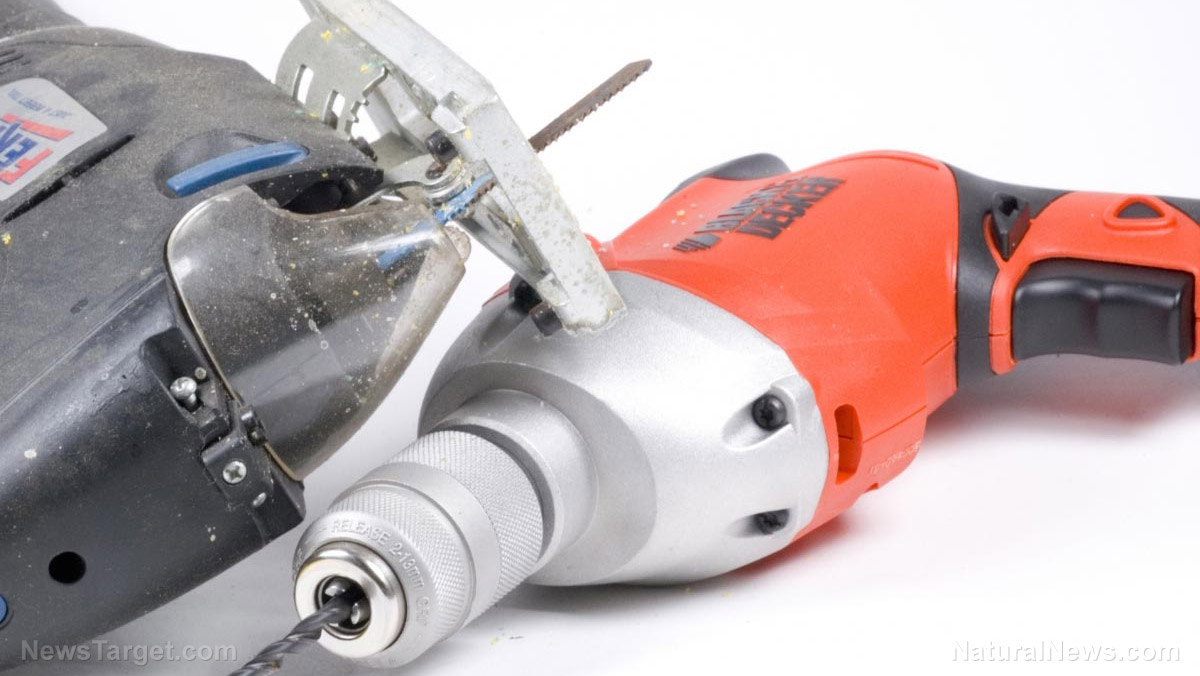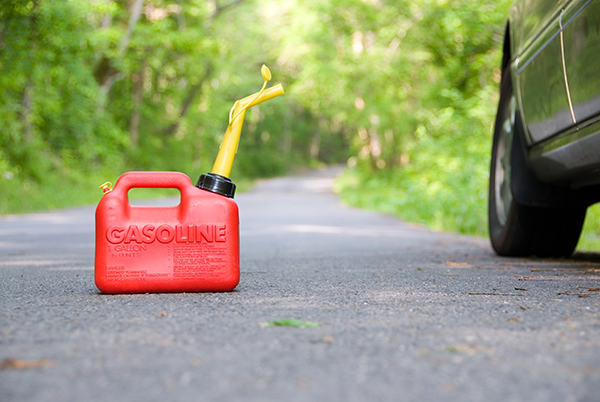
Self-sufficiency is the name of the prepping game. As a prepper, you must set up your workshop to remain functional long after SHTF.
There is no guarantee that you will find replacement parts and new power tools after a collapse of society. You will need equipment and knowledge to maintain and repair the items in your workshop without relying on trips to the post-apocalyptic world.
Start by evaluating the equipment you have at hand. You should have an inventory of your supplies and tools.
Among other things, the inventory for the workshop must have as many spare parts and manuals on maintaining and repairing equipment as possible. Further, the workspace itself must be the right size and have all of the gear to perform most of the jobs. Plus, the tools must last for a lifetime.
As a prepper, you may want to build many things. These include a biodiesel facility with an alcohol distillery, a wood gas generator set with an attached engine and flywheel, a watermill, a bicycle, and a modified pedal-powered car that seats four people.
As such, you need a workshop with the capability to make all of the parts. The place must also last for the long run. (Related: What to do when SHTF: Are you prepared to deal with a grid-down scenario?)
Make sure to protect the electrical wiring workshop with circuit breakers or fuses
Your workshop will need protection from electrical overload. Otherwise, if a power tool suffers a short circuit, it may cause an electrical fire that will damage or destroy the workshop and everything in it.
Circuit breakers protect against short circuits. The modern units use bakelite plastic. They are disposable and may stop working after a while, even if no short circuit took place. If you choose to stick with circuit breakers, you must stockpile plenty of these.
A low-tech alternative is the old-fashioned ceramic switch that closes the circuit by pulling on a large handle. The switch has two or more fuses that function like single-use circuit breakers.
A fuse is a small length of wire with a specific diameter. It will get destroyed if the electrical current exceeds the safe value. Unlike a plastic circuit breaker, it is easier to make a fuse in the workshop.
Additionally, if you must bury electrical conductors, you should use a high-quality conduit and put it at the right depth.
Get high-quality air-powered tools and extension cords
Air-powered tools combine excellent performance and low energy consumption. Also called pneumatic tools, they are a valuable pick for a workshop, especially when an SHTF scenario takes down the power grid.
If your alternative power system fails to provide enough electricity to use the power tools for long periods, air-powered tools will be more useful.
You will benefit from choosing hardened, braided air hoses that handle much higher pressure levels than you expect to use. Air tools will not break the bank and require a minimal amount of maintenance.
You must also get a low revolution air compressor with an equally good tank. A compressor is a highly durable device that lasts for many years. It is easy to get service parts like O-rings, valves, and seals, and the replacement parts are inexpensive and numerous.
In addition to the air tools, you must get at least one extension cord. A quality cord will last many years, especially if you take good care of it.
In case the cord needs replacement, getting a cable roll that measures 100 m in length and several unspecified cheap parts will let you build a replacement extension cord.
Take care of your workshop and it will take care of you. Learn more tips on maintaining your prepping tools and supplies at Preparedness.news.
Sources include:
Please contact us for more information.





















